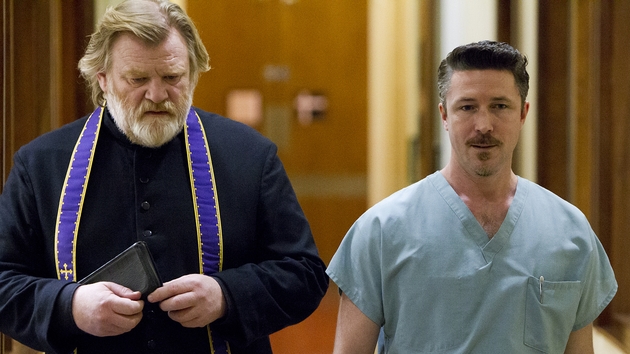Most people
of my generation know Alice Cooper as the goth rockstar who looks like a
zombiefied old lady and sings about being eighteen and finishing school.
Personally, I knew that Alice Cooper started out as a band before becoming a
solo artist, but little more.

In a brief,
slightly awkward introduction to the new, all access documentary Super Duper Alice Cooper, the great man promises
a “schock-umentary- the story of how Jekyll became Hyde.” What follow is a
fairly straightforward, very entertaining rock-documentary with very few
surprises or shocks. The story is told, in chronological order, by Alice Cooper
himself and his former band members, his manager and his wife through voice
over narration. Some big name collaborators and admirers (Elton John, Iggy Pop)
also chip in on occasion.
There are of
course some great anecdotes. Here is after all a band, which got its name from
an Ouija board and broke through after throwing a live chicken into the
audience while opening for John Lennon. The chicken did not survive. This was a band which was mental enough to be
invited by Salvador Dalí for an art project. These stories, together with the
music, make the documentary an entertaining enough watch for newcomers and a
trip down memory lane for fans.
As a
documentary, Super Duper Alice Cooper fails
however. The darker periods of Cooper’s life (alcoholism followed by a cocaine
addiction) and his status as a cultural icone are only skimmed over. The
filmmakers repeatedly compare the transformation of Vincent Furnier, the
preacher’s son, into Alice Cooper, rock and roll legend, by returning to clips
from a silent version of Dr. Jekyll and Mr Hyde and The Cabinet of Dr. Caligari. The metaphor wears thin after about 5
minutes and there is no reason to reiterate it time and time again.

I would be
lying if I said I didn’t enjoy the film and learning about this intriguing
character, but I doubt it will stay in my mind very long. It probably should be
on TV (as long as it has good speakers) rather than in the cinema. The
screening was followed by a fun but trivial Q&A session, which had been
recorded previously. This feels like a tacked on DVD extra and I’m not quite
sure why it was shown in the cinema.



